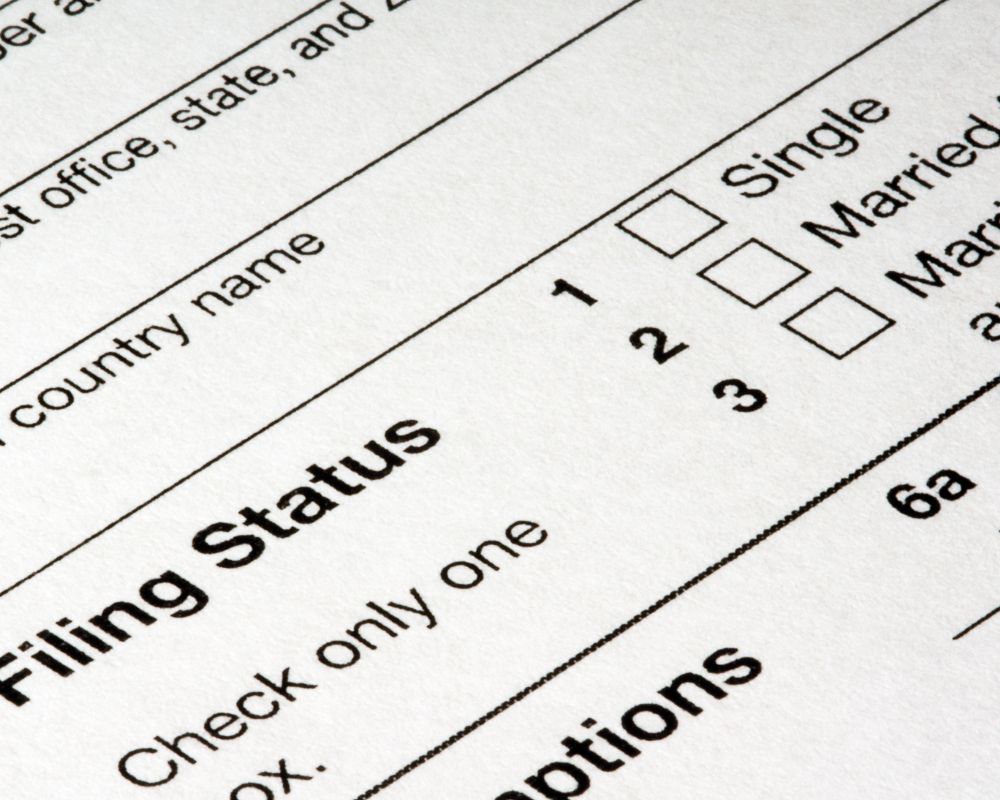For many people, December 31 means a New Year’s Eve celebration. However, from a tax perspective, it’s a key date in determining the filing status you’ll use when filing your tax return for the year. The one you’ll use depends partly on whether you’re married on that date.
The five statuses
When you file your federal tax return, you do so with one of five filing statuses. First, there’s “single” status, which is generally used if you’re unmarried, divorced or legally separated. A second status, “married filing jointly,” is for married couples who file a tax return together. If your spouse passes away, you can usually still file a joint return for that year. A third status, “married filing separately,” is for married couples who choose to file separate returns. In some cases, doing so may result in less tax owed.
“Head of household” is a fourth status. Certain unmarried taxpayers with dependents qualify to use it and potentially pay less tax. Finally, there’s a fifth status: “qualifying widow(er) with a dependent child.” It may be used if your spouse died during one of the previous two years and you have a dependent child. (Other conditions apply.)
Head of household
Let’s focus on head-of-household status because it’s often misunderstood and can be more favorable than filing as a single taxpayer. To qualify, you must “maintain a household” that, for more than half the year, is the principal home of a “qualifying child” or other relative that you can claim as a dependent.
A qualifying child is defined as someone who lives in your home for more than half the year and is your child, stepchild, foster child, sibling, stepsibling or a descendant of any of these. A qualifying child must also be under 19 years old (or a full-time student under age 24) and be unable to provide over half of his or her own support for the year.
Different rules may apply if a child’s parents are divorced. Also, a child isn’t a qualifying child if he or she is married and files jointly or isn’t a U.S. citizen or resident.
For head-of-household filing status, you’re considered to maintain a household if you live in it for the tax year and pay more than half the cost of running it. This includes property taxes, mortgage interest, rent, utilities, property insurance, repairs, upkeep and food consumed in the home. Medical care, clothing, education, life insurance and transportation aren’t included.
Under a special rule, you can qualify as head of household if you maintain a home for a parent even if you don’t live with the parent. To qualify, you must be able to claim the parent as your dependent.
You must generally be unmarried to claim head-of-household status. However, if you’ve lived apart from your spouse for the last six months of the year, you have a qualifying child living with you and you maintain the household, you’re typically considered unmarried. In this case, you may be able to qualify as head of household.
Not always obvious
Filing status may seem obvious, but there can be situations when it warrants careful consideration. If you have questions about yours, contact us.

